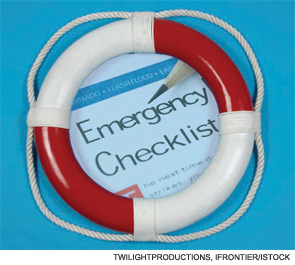Close on the heels of the evidence-based medicine movement comes increasing pressure for physicians and health care institutions to develop and implement quality improvement measures that will not only improve quality of care, but also reduce medical costs and provide a way to measure performance by physicians and institutions. Integral to this process is the development of appropriate metrics by which to measure outcomes and physician performance that accurately reflect otolaryngology and its subspecialties. Two sessions at the recent 2011 American Academy of Otolaryngology–Head and Neck Surgery Annual Meeting held here Sept. 13 highlighted issues that are important for otolaryngologists striving to meet the growing demand for quality improvement.





